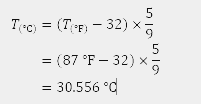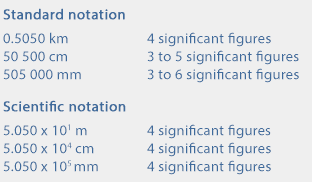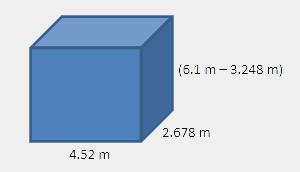Communicating with numbers
Writing in mathematics
Mathematics writing uses a natural language (i.e. English), symbols, and numbers to communicate with an audience. Problems can occur when you fail to write in sentences and rely heavily on symbols and numbers to communicate with an audience. Using only numbers and symbols in maths communication is the equivalent of writing an essay using only abbreviations, dot points and no punctuation. You need to use words to guide your audience through your explanations.
The following links will help to identify problems with your writing and improve your communication with your audience.
How to think like a mathematician – Chapters 3 & 4
Kevin Houston
Writing mathematics (these videos are linked to the content in the two chapters above)
Watch part 1
Watch part 2
Check your library or online for a copy of the full book.
Other maths guides
A guide to writing mathematics
Dr. Kevin Lee
Common errors in writing mathematics
Prof. Stephen B. Maurer
Some remarks on writing mathematical proofs
John M. Lee
Useful mathematical symbols
Wikipedia
Useful links
Crash course: chemistry
Units and significant figures
Watch video
5 minute physics
Significant figures
View website
Significant figures
The term ‘significant figures’ is used to describe the digits of numbers that have been measured. The digits communicate important information about the precision of a measurement, regardless of the units. Being able to recognise the number of significant figures is particularly important when you use measurements in calculations or unit conversions.
For example, when using measurements in calculations your final answer will only be as accurate as the LEAST PRECISE measurement. Being able to identify the significant figures in your measurements will ensure you are able to communicate the correct level of precision.
Significant figures & precision
For every measurement, whether performed by you or a machine, there is estimation involved—you will never be able to measure the EXACT length, weight, or temperature of anything. We can improve the precision of our equipment, but any measurement will only be as precise as the equipment being used to make the measurement (e.g. measuring a distance to the nearest metre, centimetre, or millimetre).
Usually there will be a number (or numbers) that you are certain of plus one digit at the end that is an estimate.
If you write that the length indicated below is 13.2 cm (measured to 3 significant figures), you are saying that you are certain the length is at least 13 cm but you have estimated to the nearest millimetre. The actual length could be anywhere in between 13.1 cm and 13.3 cm.
 When you record a measurement, it is important that you communicate the correct level of precision to your audience. For example, it would be incorrect to write the above measurement as 13.100 cm (5 significant figures) because the equipment does not allow for that level of precision.
When you record a measurement, it is important that you communicate the correct level of precision to your audience. For example, it would be incorrect to write the above measurement as 13.100 cm (5 significant figures) because the equipment does not allow for that level of precision.There are some simple to rules to follow to identify and keep track of the significant figures for measurements, calculations, and unit conversions.
General rules for significant figures
The following rules will help you to recognise which numbers are classed as significant figures.
Digits that are significant
1. All non-zero digits are significant.
Example
8.1 g has 2 significant figures.
2. Zeros between non-zero digits are significant.
Example
60.7 L has 3 significant figures.
3. Trailing zeros to the right of a decimal point are significant.
Example
0.2590 kg has 4 significant figures. This could be written as 259.0 g.
Digits that aren’t significant
4. Leading zeros to the left of the first non-zero digit are not significant.
Example
0.056 km has 2 significant figures. This could be written as 56 m.
5. Trailing zeros to the left of a decimal point MAY be significant
Example
5600 m could be 2, 3, or 4 significant figures. This depends on whether the measurement was precise to the nearest metre, ten metres, or hundred metres. This uncertainty can be avoided by using scientific notation.
E.g. 5.6 x 103 m (2 significant figures) or 5.600 x 103 m (4 significant figures).
6. Exact numbers have infinite significant figures and they will not limit the accuracy of your calculation.
Exact numbers include counts (e.g. 10 apples) and defined numbers (e.g. 100 centimetres in a metre or the speed of light – 299 792 458 m/s). These numbers are not classed as measurements and significant figures do not need to be considered.












